I spoke recently at a dinner to celebrate the 25th anniversary of the Faculty of Engineering's Women in Engineering Network. This blog post captures notes from the address I gave (largely to an audience of female students) at the dinner - with photos of the props (which were a tour through my wardrobe / shoe collection!)
----
I was thrilled to see the display of WEN t-shirts at the dinner … including some of my own “vintage” ones. Why? Because every time I see someone wearing a WEN shirt with pride it is a reminder that WEN are an established and accepted part of our Faculty. I want to give you all some insight into how that came to be.
WEN was established 25 years ago with a friend and I as co-founders. The idea was inspired by similar initiatives in the US – at both the student and professional level. Liz Godfrey (the “original” Naomi Fleming) learned about those activities on a study tour to the US in the early 90’s.
To help everyone think about what life was like 25 years ago (before most of you were born) I should remind you that there were no cell phones, the internet was a mysterious network only used by some academics for limited amounts of email or data transfers … and social media definitely did not exist! In today’s world it’s a little mind boggling to think about how anyone would go about building a new organisation without those tools.
WEN’s original mission was to be a network that provided personal and academic support to female students in the Faculty. Our events in the early days were advertised on posters in the Faculty … and the most reliable place to put those posters up was the women’s bathrooms since posters in other areas were sometimes torn down.
25 years ago the Faculty only had two women on its academic staff (at least that I can recall). One was Margaret Hyland in Chemical & Materials Engineering. Margaret went on to become the first woman to be promoted to the rank of full Professor. Heather Silyn-Roberts was on staff in the Mechanical Engineering Department. So the lack of female staff meant regular contact with potential role models was limited. WEN invited women working as professional engineers back to the Faculty for popular wine and cheese functions. Everyone who attended found being at a “women only” function a definite change from their work or study environment.
Academic support ramped up in 1994 when I stayed on at the Faculty as a fulltime tutor ("professional teaching fellow" in modern job titles) – between my Bachelors and Masters degrees. The failure rate on some of the big tests at Part 1 (especially in Mechanics) bugged me. Female students found low marks in Part 1 tests particularly soul destroying. WEN organised some after hours women-only tutorials. Those of us tutoring donated our time to running them – and enjoyed seeing a boost in pass rates and confidence in those tests.
To take you back to the early 1990’s let me unveil some props that speak to the culture of the time. Female students interviewing for engineering roles were given advice to dress conservatively – a skirt (preferably blue, and not too short), flat shoes or low heels, a white shirt and a jacket.
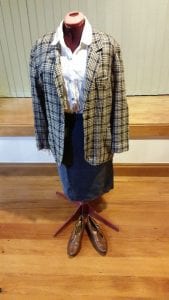
So while that looks professional, it also speaks to a culture of “fitting in” – of being a female version of a male engineer. Similar fashion choices were evident in class. Baggy jeans and shirts, and cross-trainers were the norm every day. Exhibit A – a shirt typical of my time as an undergrad. It was rare that I turned up at University looking particularly female.
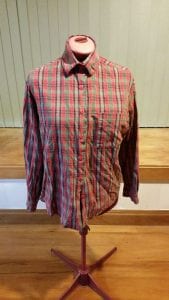 Fast forward to today – WEN has become a valued and respected part of the Faculty community. Employers (many of whom are are WEN sponsors) are eager to recruit our female graduates … regardless of what they wear to their interviews! Those employers know talent resides in every segment of society.
Fast forward to today – WEN has become a valued and respected part of the Faculty community. Employers (many of whom are are WEN sponsors) are eager to recruit our female graduates … regardless of what they wear to their interviews! Those employers know talent resides in every segment of society.
So thinking of the future, what advice would I give to those of you getting ready to leave the Faculty to become part of the professional engineering community? Hmmm … at this point I could dive for a book of quotes and draw on some pithy wisdom from others. However I took us to 1993 by rummaging in my wardrobe – so let’s stay with that! In particular to my shoe collection ...
The first pair of shoes that springs to mind is my steel caps … For me they are a reminder that to excel in any organisation it’s important to know how things work from the ground up. Make sure you value people everyone’s skill and knowledge – regardless of whether they are on a machine shop floor, on a construction site, in a secretarial role. Those people are all integral to making sure the wider organisation delivers, and they can have some very valuable insights.
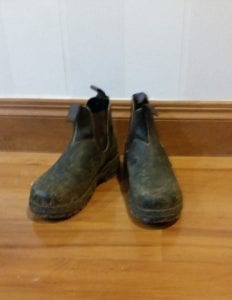
The next pair of shoes I have handy is my bike shoes. I only ride a bike indoors at the gym. For me these shoes are a great reminder that one thing we all need a reserve of at times is “grit”. For the past few years I’ve been riding in (and I confess winning) the Tour de Gym event at the Rec Centre where you ride 10% of the Tour de France. There are always going to be times in life that feel like you're being asked to ride 20km or more uphill … testing that out on a bike is a good reminder that its possible to survive such challenges!
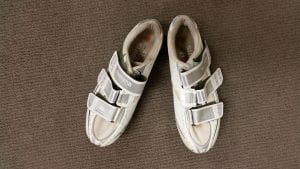
Staying with a movement theme … I also have my dance shoes handy. I get to contemporary dance classes as often as I can. (Despite the fact that gravity feels like it may scale with age!). For me dance and choreography is important as a means to tap into my creativity. Dance helps me to revive my ability to think differently. There’s been many a time that research questions that I was stumped on before dance class, suddenly made sense after class! Make sure you know what revives and sustains you and your creativity.
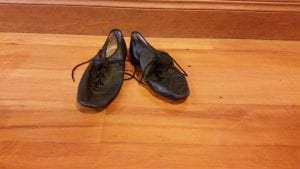
And the final pair of shoes I have bought in are these red boots. They jumped out at me as a celebration of difference, of uniqueness. I see it as important that all organisations allow people to bring their whole self into the community in which they work or study. I believe you’ll be entering a world where you do not (and should not) have to feel compelled to be a female version of a male engineer – arguably unlike the world I saw when I co-founded WEN in 1993. Our society is doing a much better job of embracing diversity – so I believe that you’ll be a valued part of engineering organisations regardless of where you were born, whether you’re part of the rainbow community, whether you choose to become a mother or a wife. I hope we get to the point where going to Friday yoga class is just as an important of a form of informal networking as Friday drinks sometimes are.
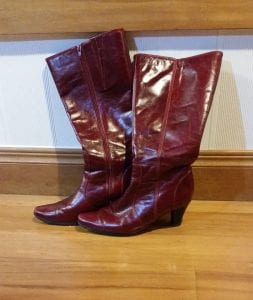
I’d like to close to by congratulating the WEN leadership team for the work they do to make sure WEN is such a vibrant part of the Faculty community.


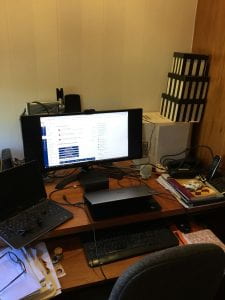
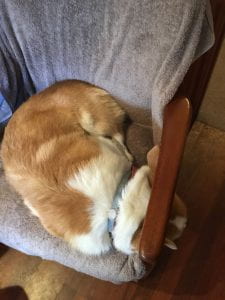
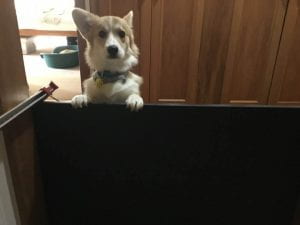
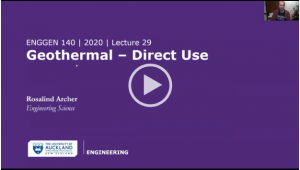







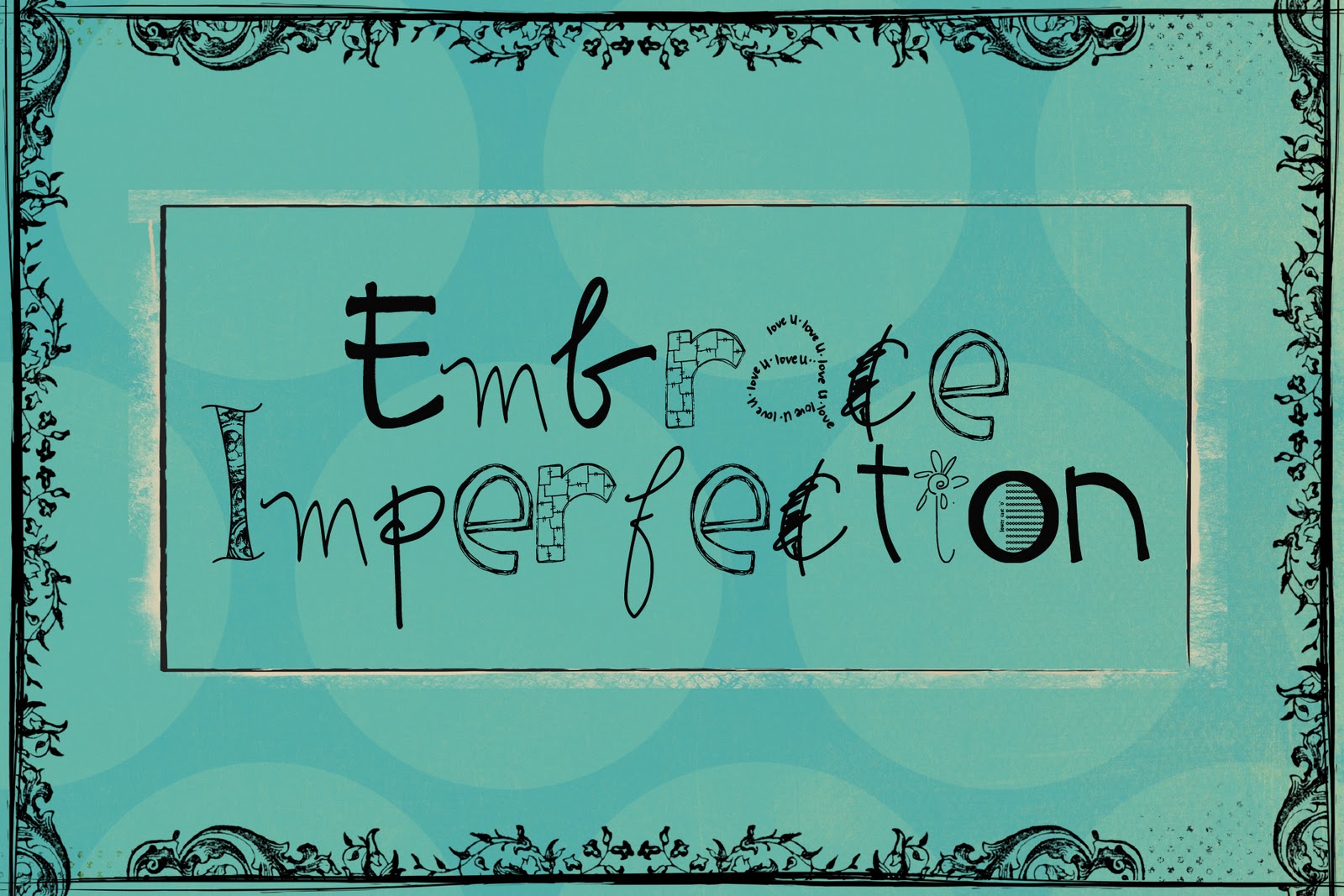


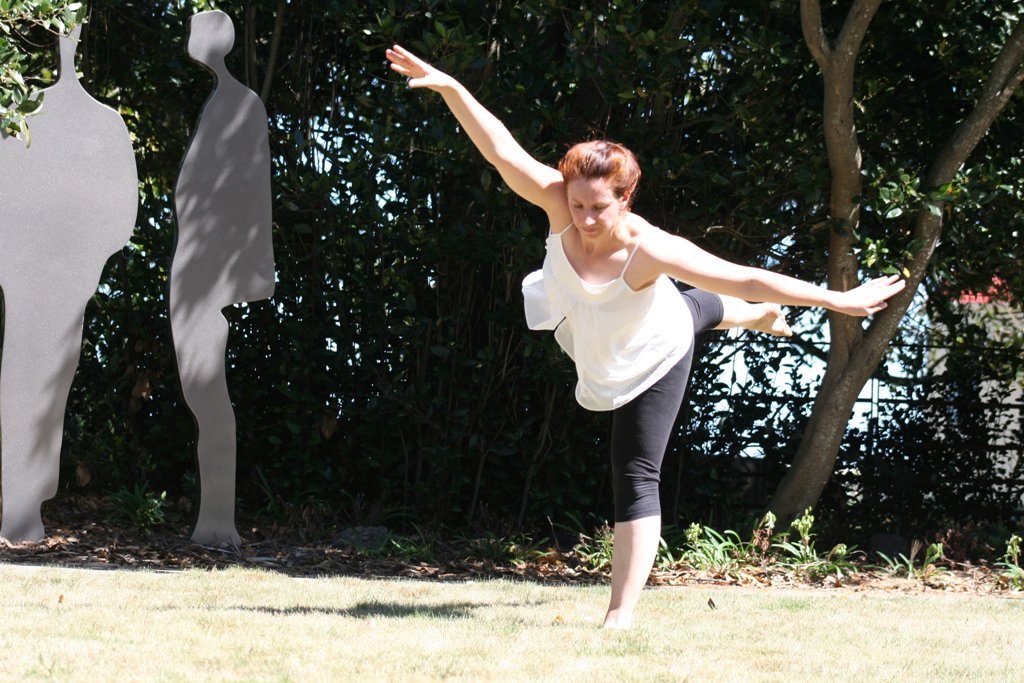

 Image from
Image from